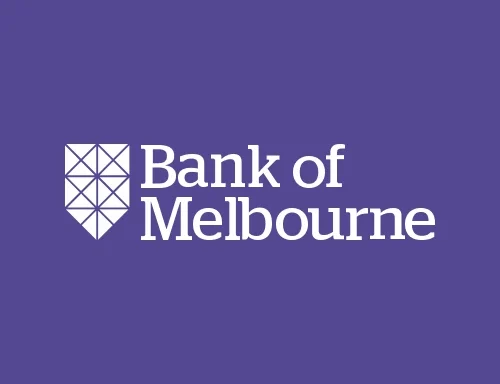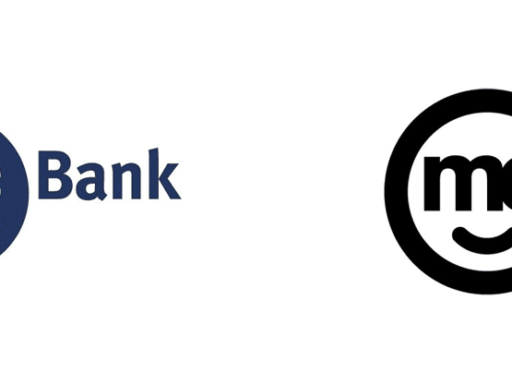The global banking landscape is dominated by a select group of financial powerhouses that wield immense influence on the international finance and economic landscape. These top banks have grown through a combination of organic expansion, strategic mergers and acquisitions, innovative product offerings, and market dominance.
Many operate as part of larger bank holding companies, allowing them to provide a diverse array of financial services and enhance their resilience and competitiveness.
JPMorgan Chase
JPMorgan Chase is the largest bank in the United States and the fifth-largest globally in terms of total assets. Headquartered in New York, the financial institution is a leader in investment banking and a wide range of financial services. With a market capitalization of $491.76 billion, JPMorgan Chase commands a significant presence in the worldwide banking arena.
Pros:
- Strong leadership under CEO Jamie Dimon
- Robust investment banking division
- Improving credit quality and profitability
Bank of America
Bank of America is the second-largest bank in the U.S. and the world by market capitalization, standing at $266.45 billion. Headquartered in North Carolina, the bank has established itself as a dominant player in the global financial services industry.
Pros:
- Diversified financial services offerings
- Extensive branch network and customer base
- Recovering from past challenges
ICBC Limited
ICBC Limited, headquartered in Beijing, China, is the largest bank in China and the third-largest globally by market capitalization at $219.45 billion. As a leading financial institution in the world’s second-largest economy, ICBC plays a crucial role in the global banking landscape.
Pros:
- Dominant position in the Chinese banking market
- Significant growth potential in the Chinese economy
- Diversified product and service offerings
Wells Fargo
Wells Fargo, headquartered in California, is the fourth-largest bank in the U.S. and the world by market capitalization, valued at $178.74 billion. The bank’s diverse range of financial services and strong market presence have contributed to its status as a prominent international banking entity.
Pros:
- Broad product suite for consumers and businesses
- Extensive branch network and customer base
- Reputation for strong risk management
Agricultural Bank of China
The Agricultural Bank of China, headquartered in Beijing, is the fifth-largest bank in China and the world by market capitalization, valued at $175.69 billion. As a major player in the Chinese banking sector, the Agricultural Bank of China has a significant impact on the global financial landscape.
Pros:
- Dominant position in the Chinese agricultural and rural banking sectors
- Diversified product offerings
- Potential for growth in the Chinese market
FAQ
- What factors contribute to the size and influence of these banks?
- The largest banks have grown through a combination of organic growth, mergers and acquisitions, innovation, and market dominance.
- Many of the largest banks are part of larger bank holding companies, allowing them to offer diverse financial services and be more resilient and competitive in the global market.
- How do banks generate revenue?
- Banks primarily generate revenue by borrowing from depositors and lending to borrowers, with the spread between the interest rates known as net interest income.
- Banks also earn money from charging fees or commissions for various services, such as account servicing, brokerage, wealth management, financial advising, and investment banking.
- What is the impact of the largest banks on the global economy?
- The top banks wield massive assets, impacting international finance and the global economic landscape.
- These banks are vital financial intermediaries, offering a diverse array of products and services to individual consumers, businesses, and institutional clients.




